New
Vitiligo Spring at Iași 2023
The Iași Dermatological Spring's twelfth edition, hosted at Iasi's Hotel International from April 24-28, reinforced its leading position in the Romanian dermatology landscape. Presided over by Daciana Elena Brănişteanu, MD, PhD, of the Association of Dermatologists of Moldova, the event attracted over 2,500 attendees and 100 esteemed lecturers from Romania and abroad, highlighting its significance in fostering interdisciplinary dialogue within dermatology since 2012.
This year's conference featured a robust exchange of insights across medical dermatology, dermatoallergology, dermatological surgery, dermatopaediatrics, and dermato-cosmetology. The Vitiligo Research Foundation (VRF) sessions stood out, with Prof. Torello Lotti exploring the brain-gut-skin axis, Prof. Davinder Parsad discussing current and future vitiligo treatments, and Prof. Yan Valle presenting the Vitiligo Patient Journey Map.
Participants benefited from the latest pharmaceutical innovations and a rich program of courses, workshops, and lectures aimed at marrying theory with practice. The event was a testament to the collaborative effort of speakers and organizers to align Romanian dermatology with global standards through more than 100 carefully crafted educational sessions.
The Iasi Dermatological Spring continues to be a cornerstone event for knowledge sharing, professional development, and networking within the dermatology community, furthering the mission to elevate the field both nationally and internationally.

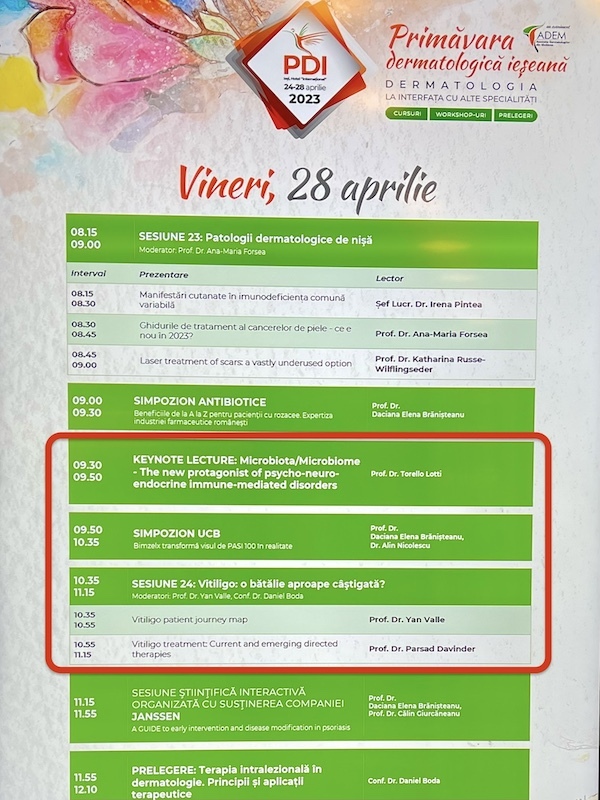
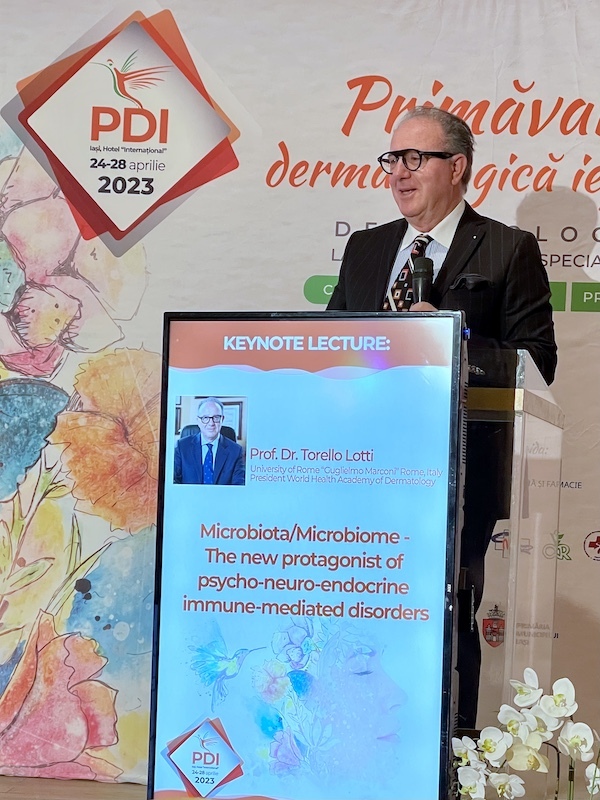
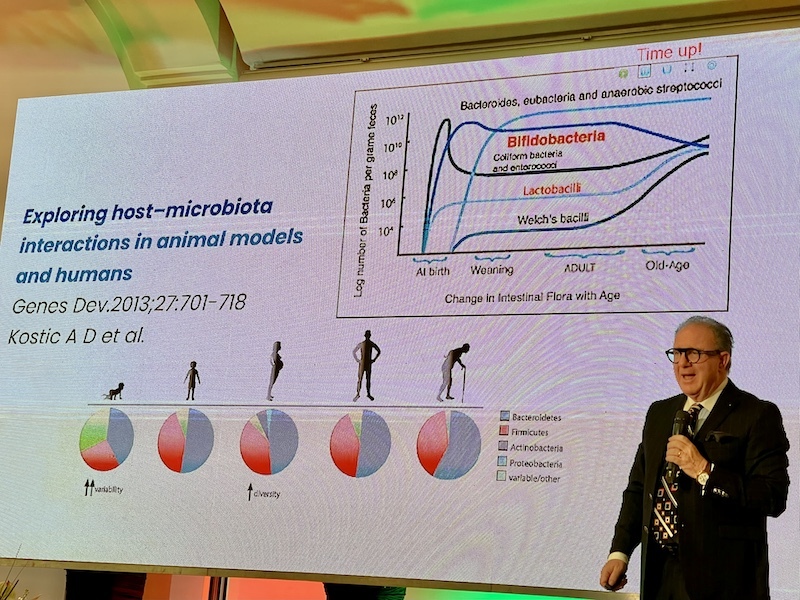
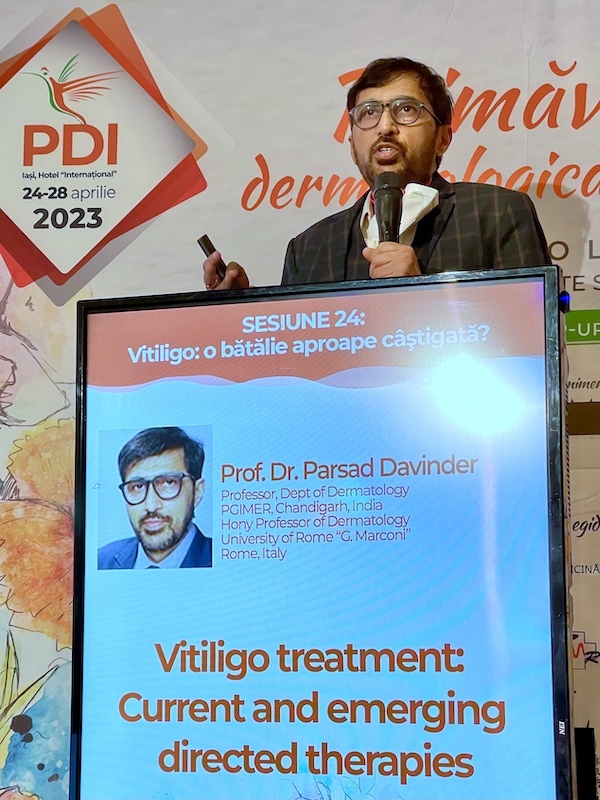
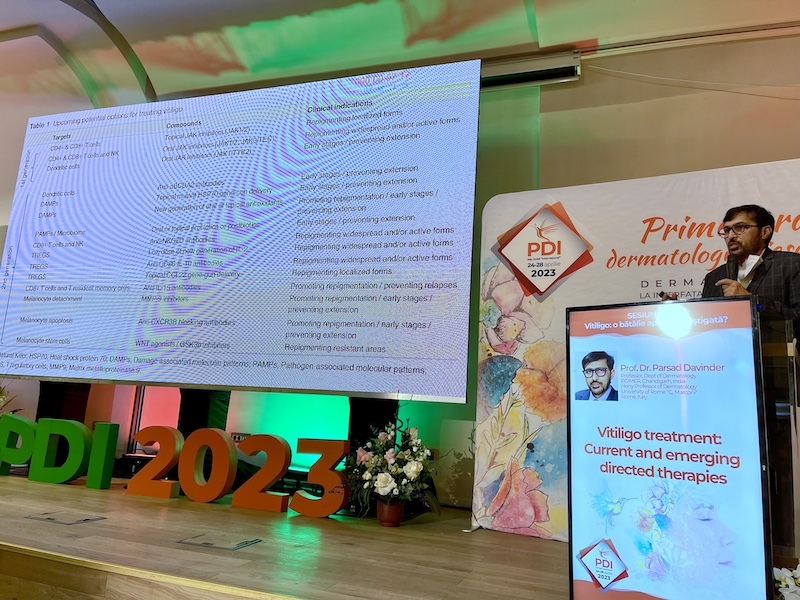
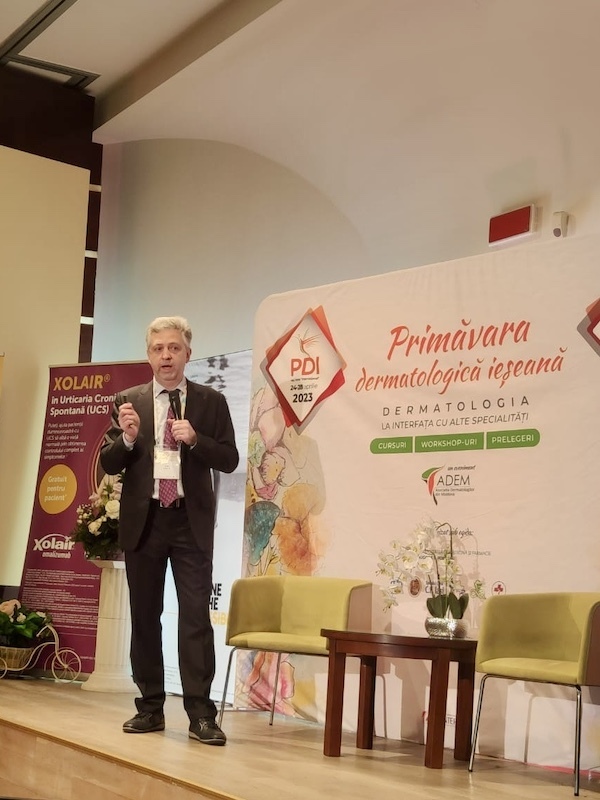
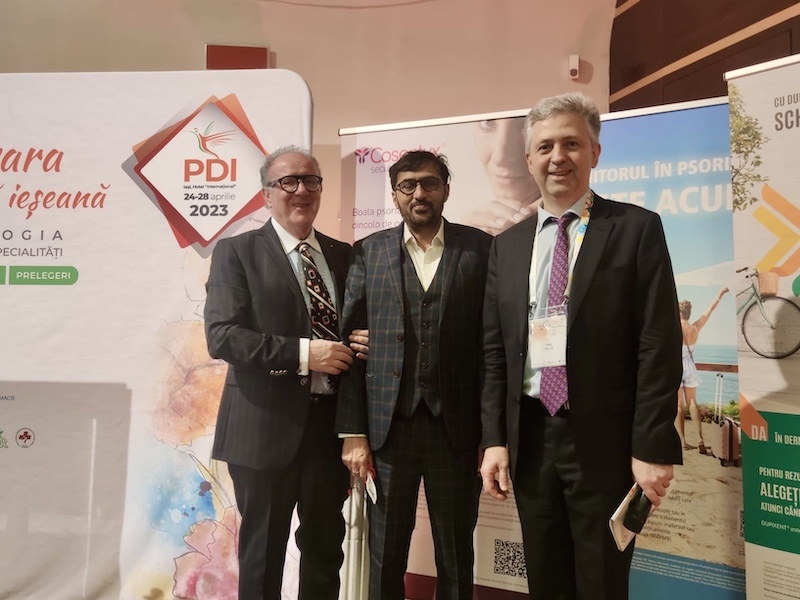

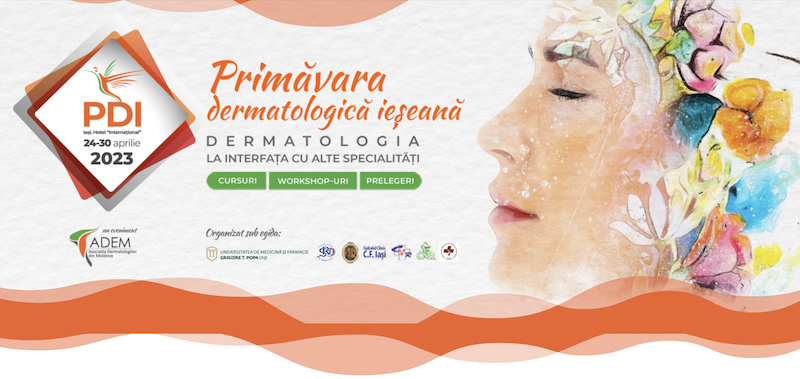
For more details and detailed program, please visit conference website.
FAQOther Questions
- Awareness Days Similar to World Vitiligo Day
World Vitiligo Day, celebrated annually on June 25 since 2012, is a significant event dedicated to raising awareness about vitiligo and supporting those affected by the conditio...
- Can a gluten-free diet help with vitiligo?
It's very unlikely. We have specifically looked into claims that gluten-free diet may ease symptoms of vitiligo, or completely reverse it, and found no firm scientific evidence ...
- Pyrostegia venusta as a folk medicine for vitiligo?
Pyrostegia venusta, also known as “flame vine” or “cipó-de-são-joão,” is a neotropical evergreen vine native to Brazil. It thrives in fields, coastal areas, forest edges, and ro...
Though it is not always easy to treat vitiligo, there is much to be gained by clearly understanding the diagnosis, the future implications, treatment options and their outcomes.
Many people deal with vitiligo while remaining in the public eye, maintaining a positive outlook, and having a successful career.
Copyright (C) Bodolóczki JúliaBy taking a little time to fill in the anonymous questionnaire, you can help researchers better understand and fight vitiligo.
